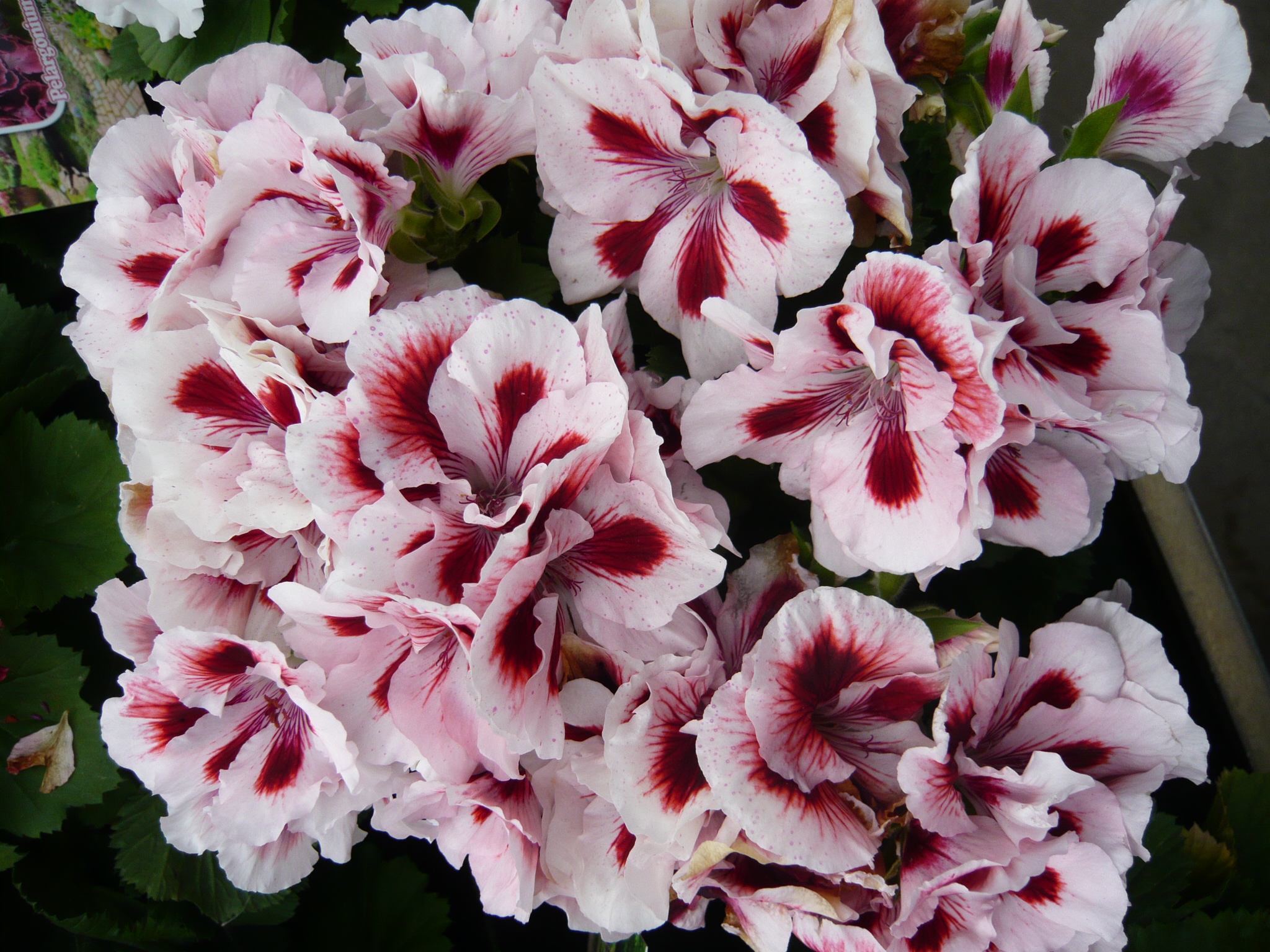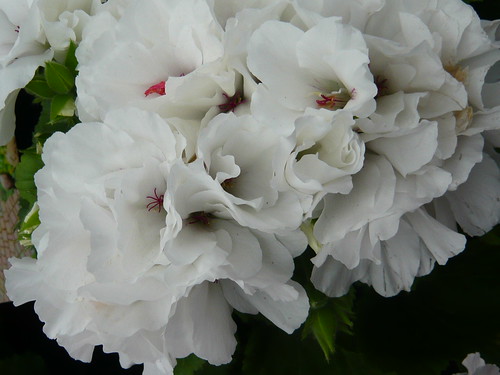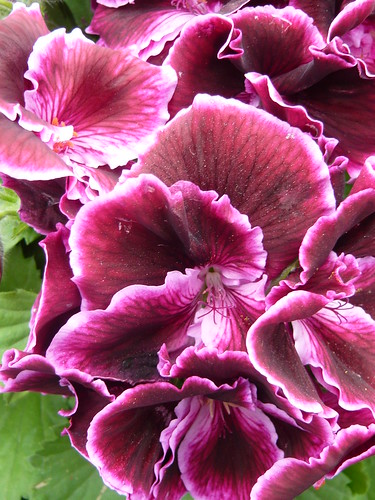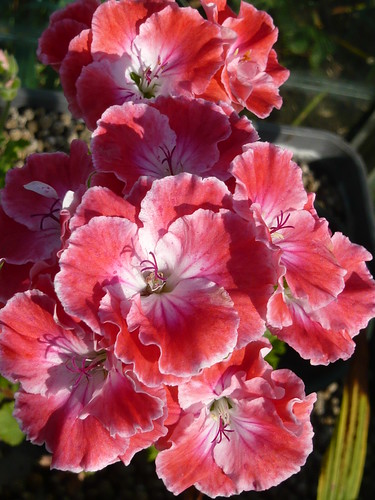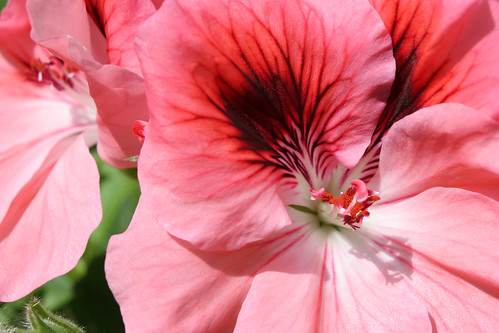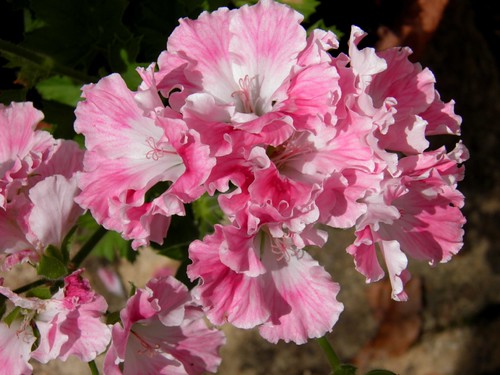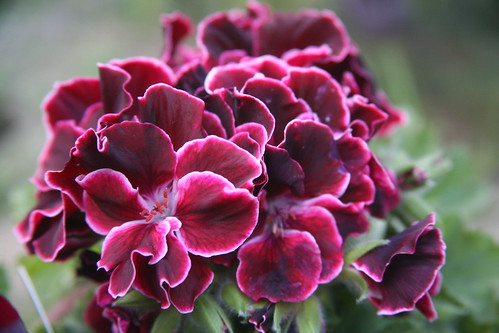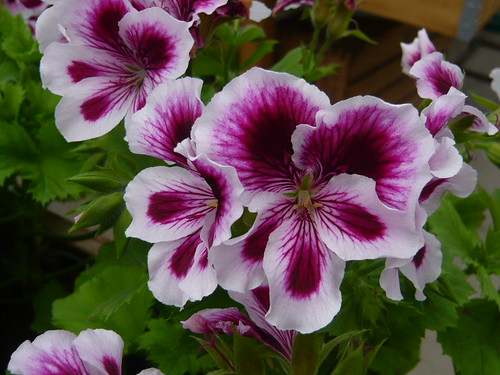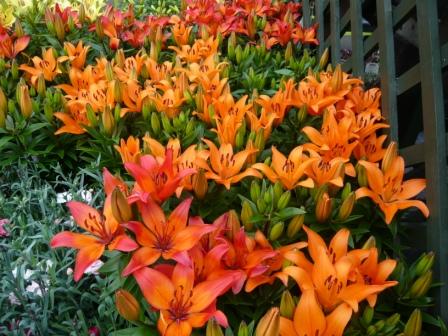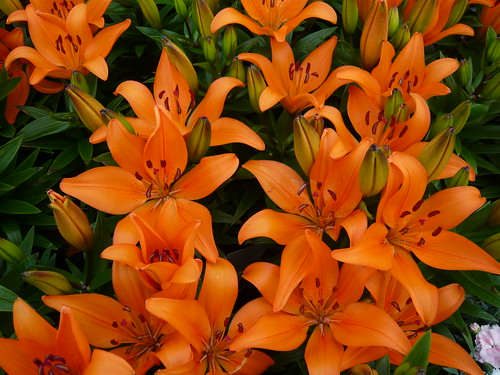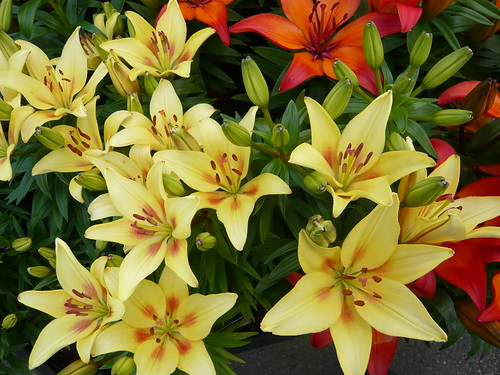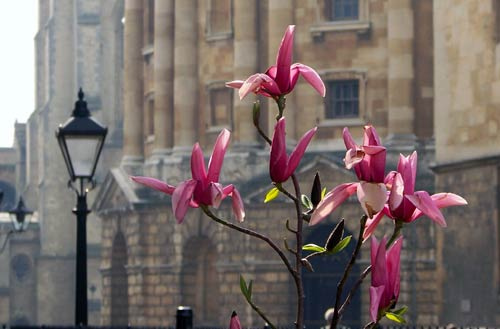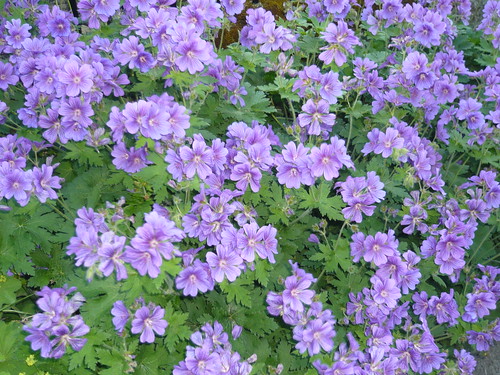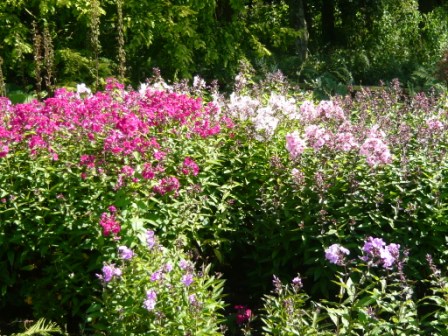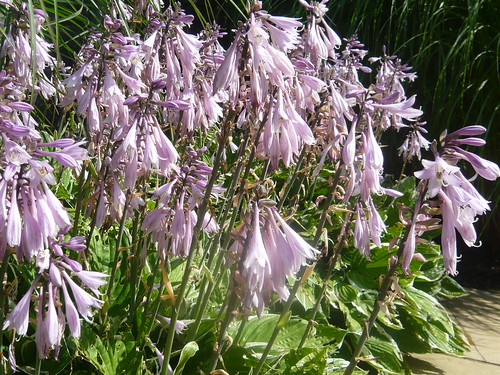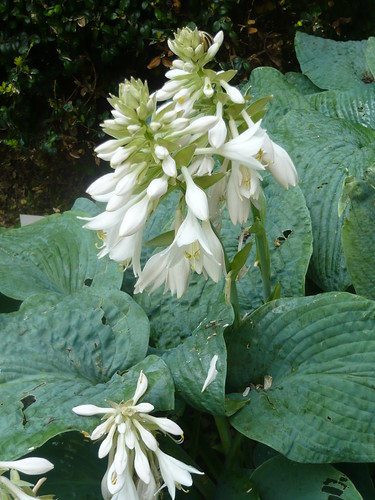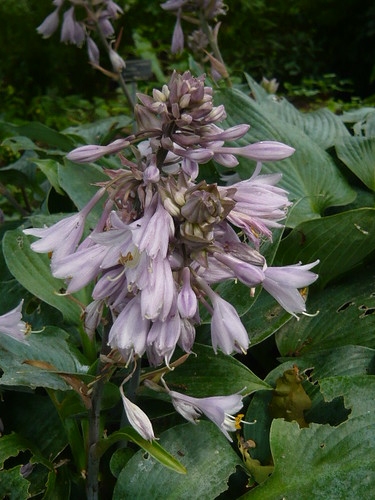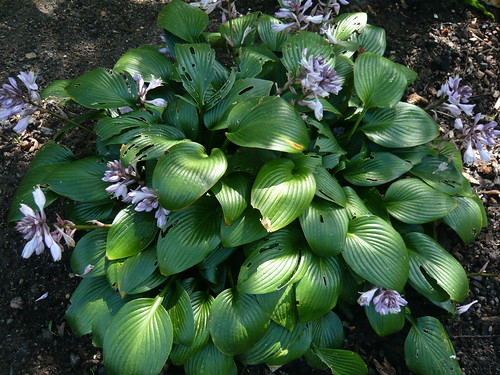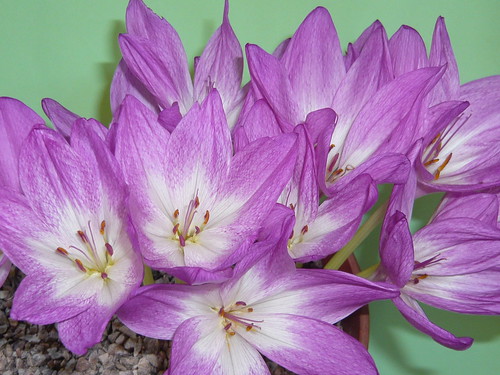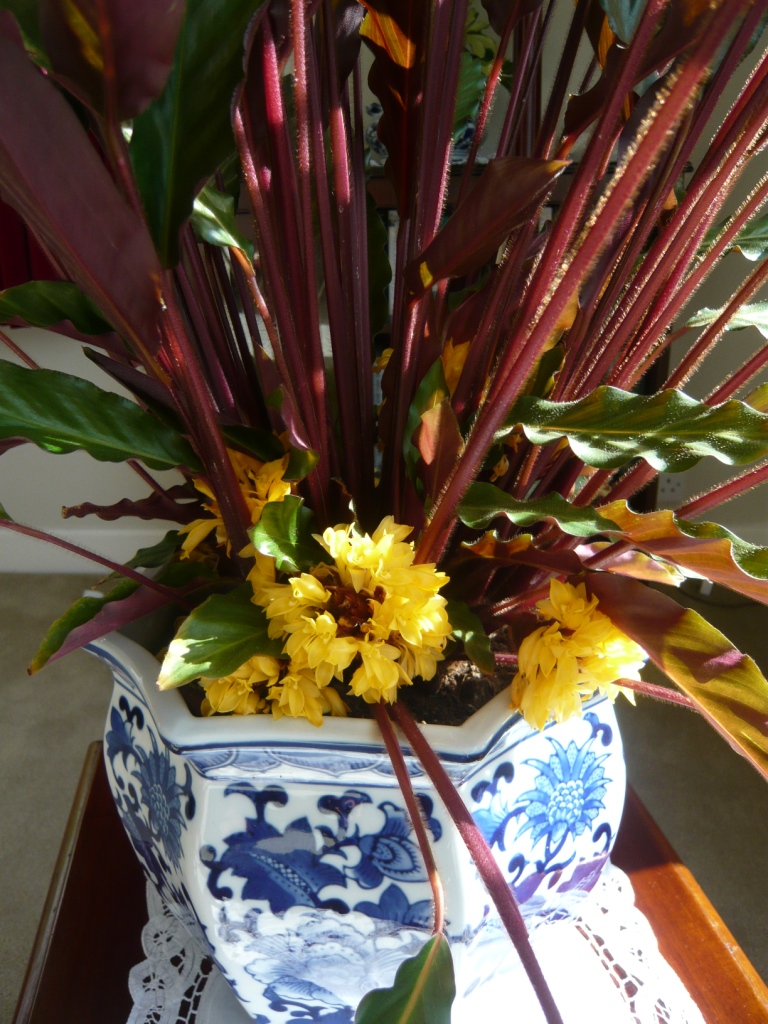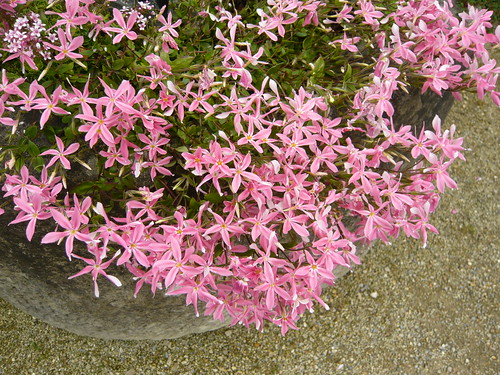
Phlox adsurgens a mat forming evergreen with a cheery springtime display of star-like flowers in pale pink.
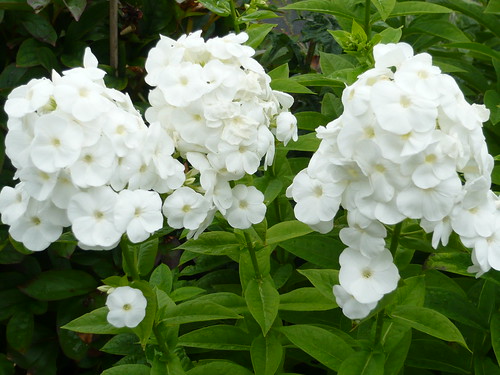
Phlox paniculata
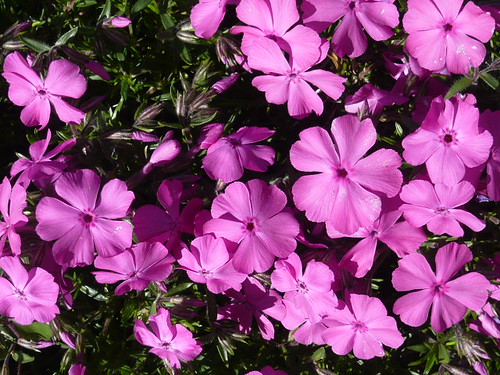
Phlox subulata a rockery favourite
Various Phlox are available from Thompson & Morgan Including:-
Phlox drummondii ‘Phlox of Sheep’ an annual
Phlox subulata,
Phlox douglasii or Moss Phlox for fragrant ground cover.
Phlox divaricata ‘Clouds of Perfume’ also known as Wild Sweet William, Blue Phlox or Woodland Phlox
Phlox Hybrida Compacta ‘Peppermint Candy’
Zaluzianskya capensis Night Phlox with a honey fragrance in the late evening

Phlox: A Natural History and Gardener’s Guide by James H. Locklear

Downy Phlox pilosa
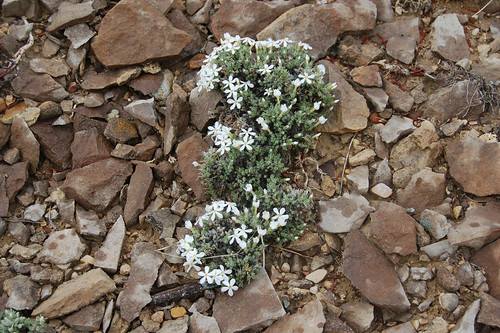
Phlox hoodii var. canescens aka Carpet phlox
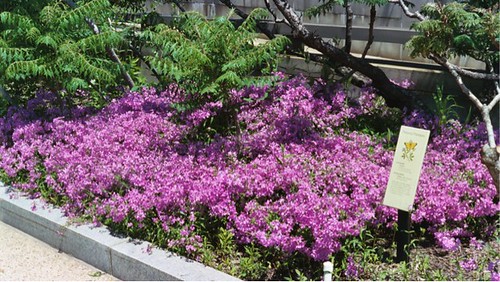
Phlox stolonifera at UDA National Museum of Natural History’s Butterfly Garden.

Phlox longifolia
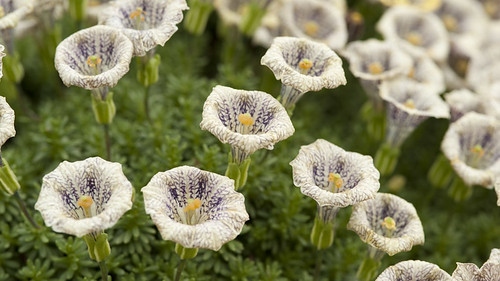
Phlox opalensis flowering in the Davies Alpine House and in the wild in Wyoming and Utah.
Photo and other Credits
Downy phlox by eleanord43 CC BY-NC 2.0
Phlox hoodii var. canescens (Carpet phlox) by Tony Frates CC BY-NC-SA 2.0
Phlox stolonifera (Photo Credit: Dexter Hinckley) by samantha.schipani CC BY-NC 2.0
Phlox longifolia closeup DSC_0320 by Tony Frates CC BY-NC-SA 2.0
Opal phlox in the Alpine House by Kew on Flick CC BY-NC-SA 2.0
moss phlox シãƒã‚¶ã‚¯ãƒ© by microwalrus CC BY-NC 2.0
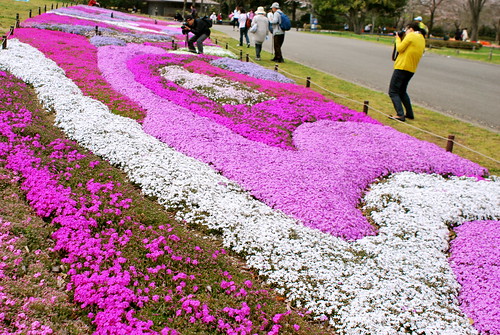
masses of Moss Phlox subulata



